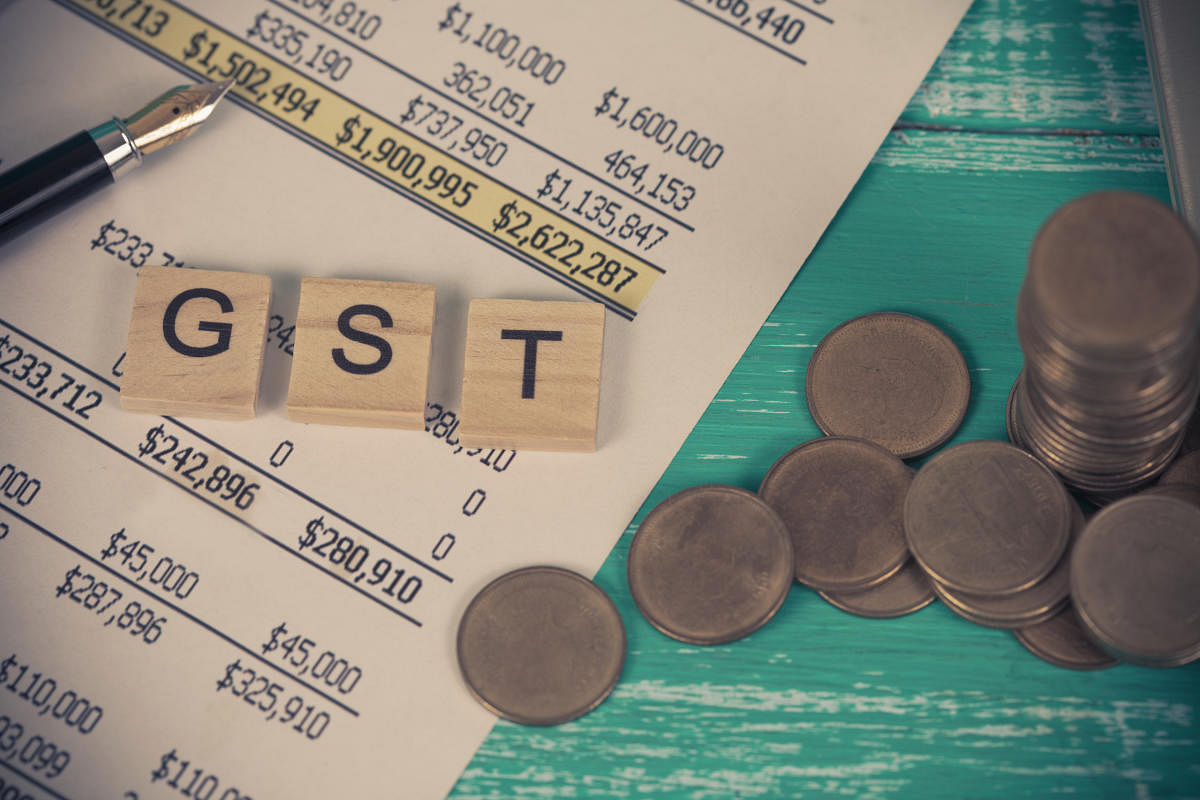
A taxpayer, an alleged habitual offender, was issued a show cause notice (SCN) for operating a fake firm and passing a fake input tax credit of Rs 26.53 crore. The concerned department cancelled its registration on June 1, 2018. The taxpayer, in his statements dated June 7, 2018 and July 6, 2018 before the Directorate of Revenue Intelligence (DRI), admitted to be the owner of a fake and non-existing firm in the name of his mother as a dummy proprietor. He had also admitted that he defrauded the Department by forming different firms and opening different bank accounts with two different PAN numbers. He also received drawback by forging the certificate of origin for which the SCN was issued in March 2019.
Despite such antecedents of the taxpayer, the registration granted to his sole proprietary concern (on March 4, 2018) was not revoked in July 2018 and a provisional refund of Rs 20.07 crore was released during May 2019. The final refund of Rs 1.55 crore was paid during the period April 2019 to June 2019 even after it became evident that the person was involved in claiming the drawback on forged documents. This clearly points to little or no coordination between various wings of Central Board of Indirect taxes and Customs (CBIC). Failure to share intelligence had led to individuals exploiting the system and getting refunds on fake ITC. When this was brought to the notice of the Ministry in December 2021, their response in February 2022 was that the issue was being examined.
CAG Report
The above case has been extracted from the report of the Comptroller and Auditor General of India (CAG) on GST. In over six chapters spread across 198 pages, the report identifies many weaknesses and suggests a number of recommendations. The case above summarises one of the main issues under GST today -- a law that is being misused by a few taxpayers probably in collusion with a few in the Department. CBIC ends up making rules to plug this misuse that apply to all taxpayers. The report of the CAG is littered with many such cases of different Commissionerates across India. The six chapters in the report are on the administration of indirect taxes and revenue trend, the audit mandate and response, the effectiveness of compliance verification mechanism under GST, reliability of the GST data maintained by GSTIN, and processing of refunds and transitional credits under GST. The report spends a lot of time on the errors made in processing of refunds and incorrect claim of transitional credits -- many of which the Department could not detect or turned a blind eye to.
The comments of the CAG on the reliability of GST data could cause some concern. The CAG says that “During analysis of pan-India data provided by GSTN, audit noticed significant data inconsistencies between the taxable value and declared tax liability. Inconsistencies were also noticed between the CGST and SGST components of GST, and between ITC figures captured in GSTR-3B and GSTR-9 returns. Due to significant inconsistencies in GST data, Audit could not establish the reliability of data, for the purpose of finding audit insights and trends in GST revenue, and assessing high risk areas such as tax liability and ITC mismatch at the pan-India level.” CAG recommends that “Ministry should consider introducing appropriate validation controls (controls which prevent unreasonable data entries or alert the taxpayer to unreasonable data or both) supplemented by post-facto data analytics in respect of important data elements (including those covered in this audit analysis), wherein data (such as tax amounts; taxable values; tax components, like CGST and SGST; validation of ITC and tax amounts, between the annual and monthly returns) is entered by the taxpayer. An effective review and follow-up system needs to be developed at GSTN to review and address cases of data inconsistencies. In case of significant deviations, tax officers may be alerted to the inaccuracies and directed to take necessary action. Further, cases of all taxpayers, who have not been allocated to either the Centre or state jurisdictions, may be reviewed and they may be allocated to appropriate tax administrations, as per the guidelines of the GST Council. To cut a long story short, CAG wants the Ministry to come out with a plan to effectively use the tons of data they possess.
If the laws are framed clearly, there would be little room for interpretation and misuse. A recent example would be the GST on residential housing that was proposed after the 47th meeting of the GST Council.
This was brought under the reverse charge mechanism but there was no guidance on situations when it would apply and whether ITC can be availed (since it can always be argued that any residential use has a tinge of personal expense to it thereby attracting Section 17(5) on blocked credits). A set of FAQs a few days prior to July 18 (when the levy came into force) would have helped. As taxpayers have got used to saying by now, things under GST could certainly have been better.
(The writer is a tax expert based in Bengaluru)